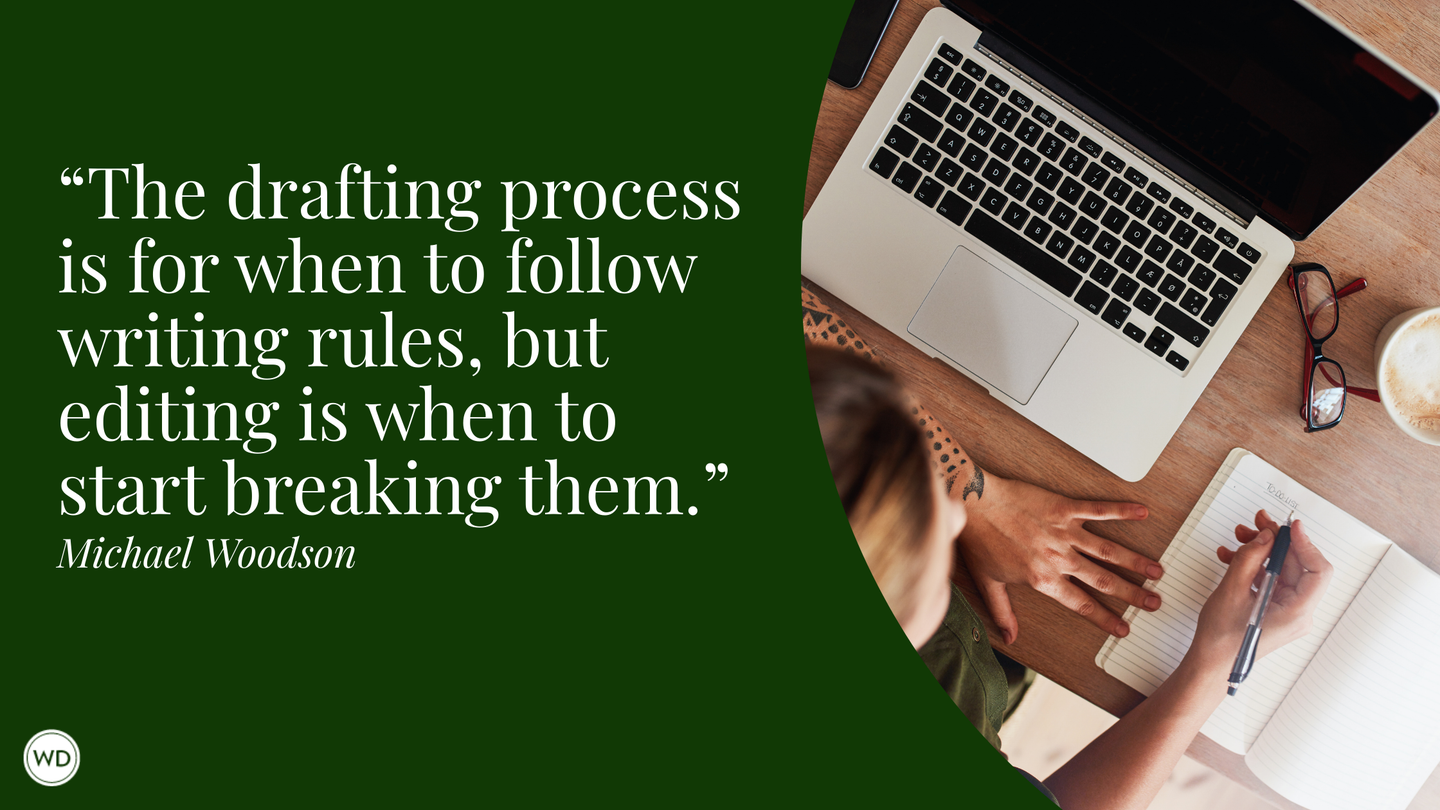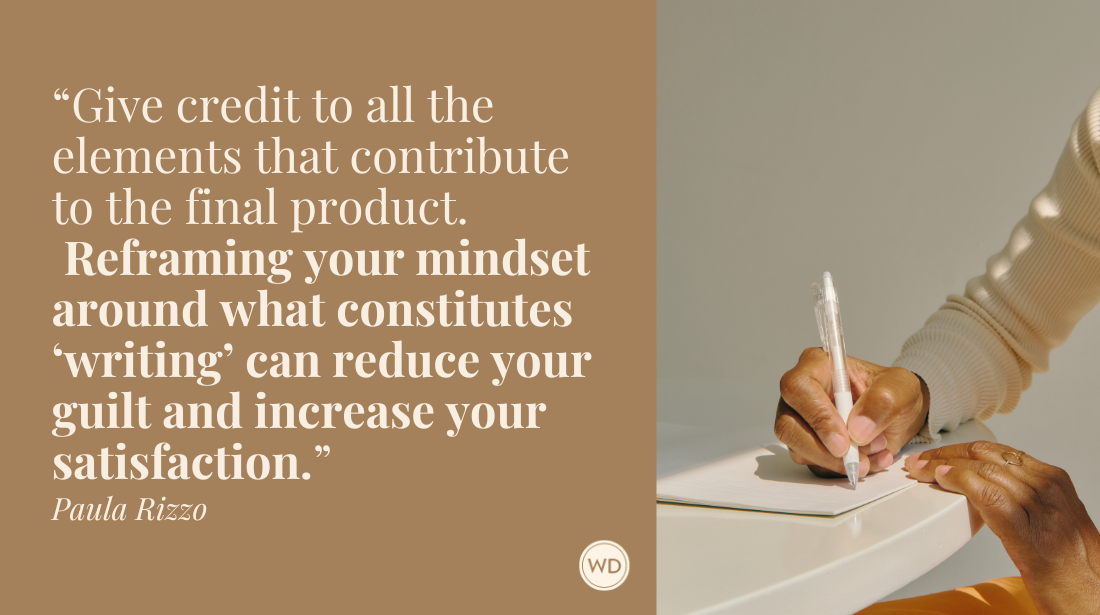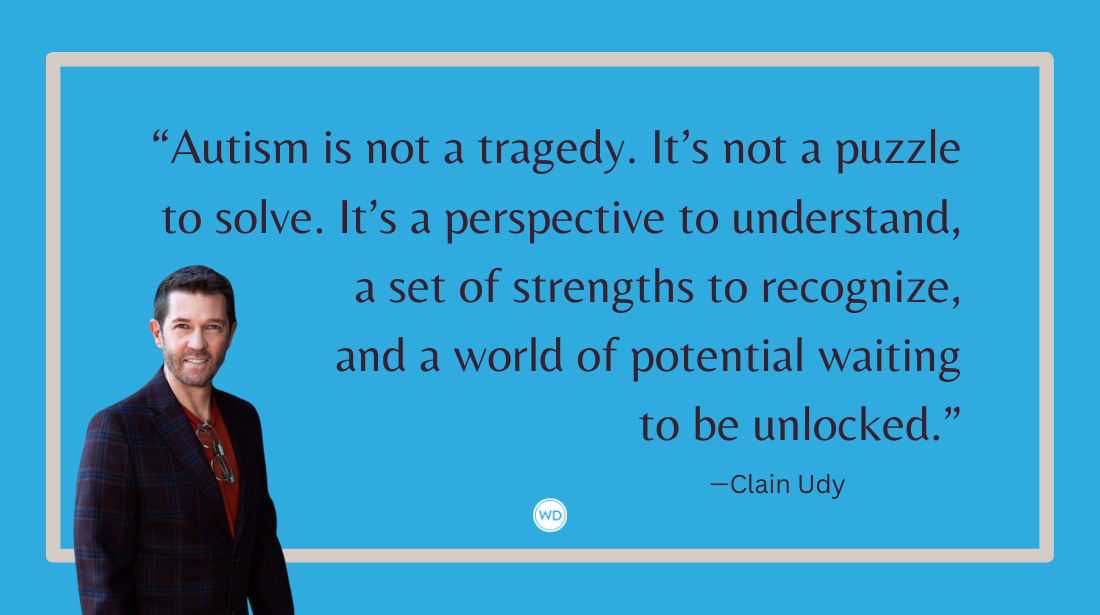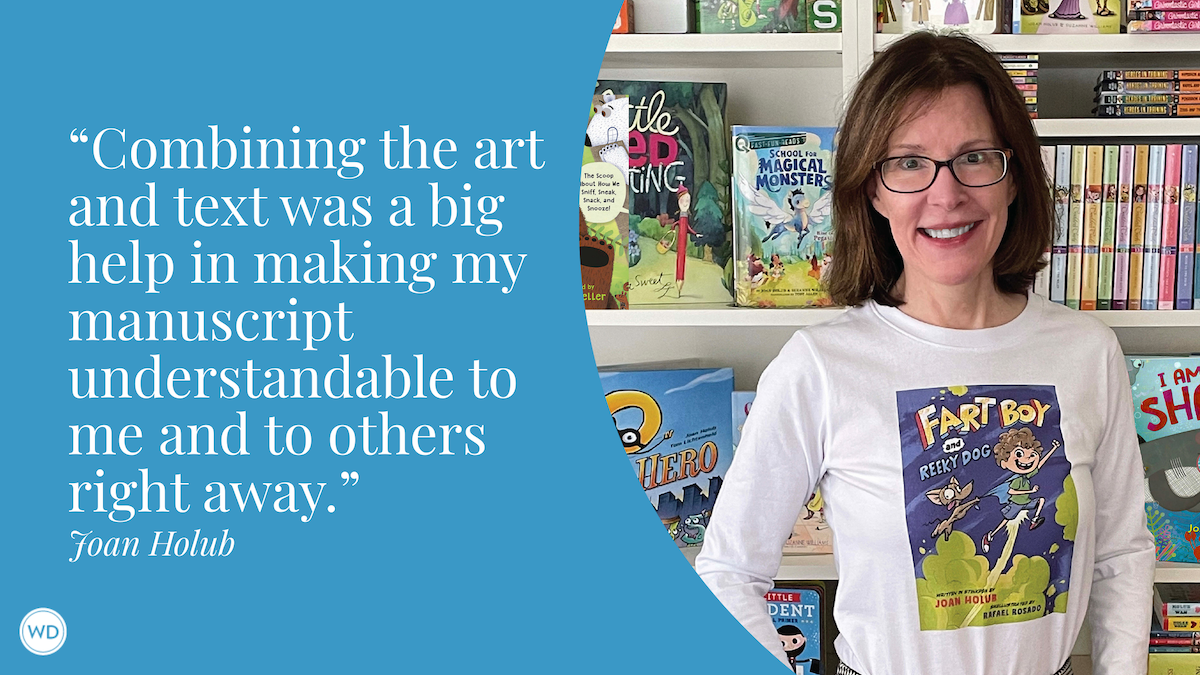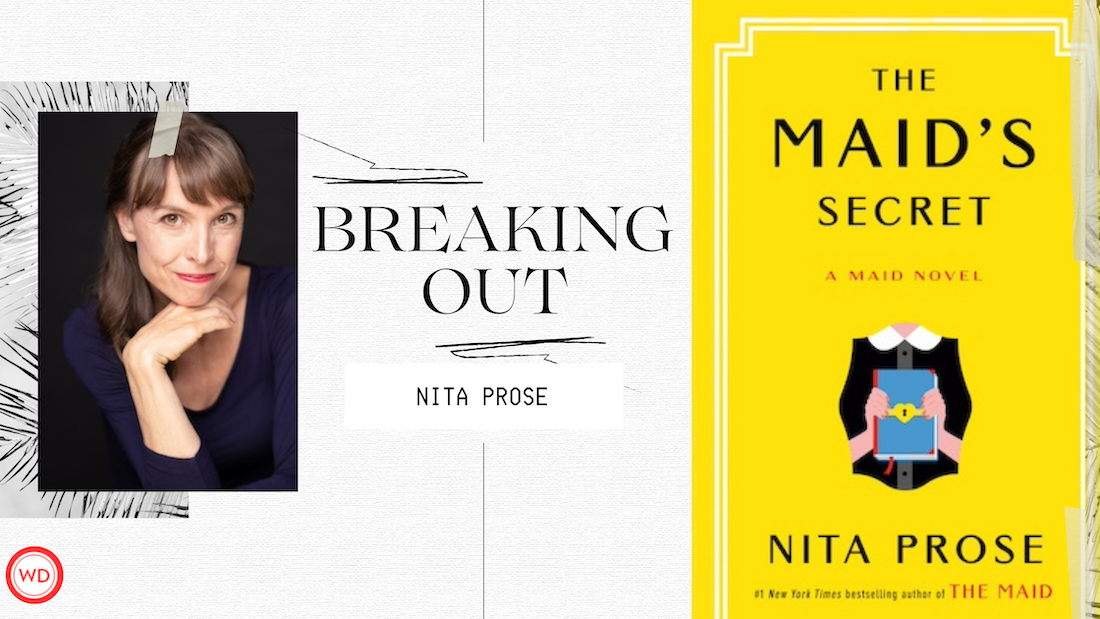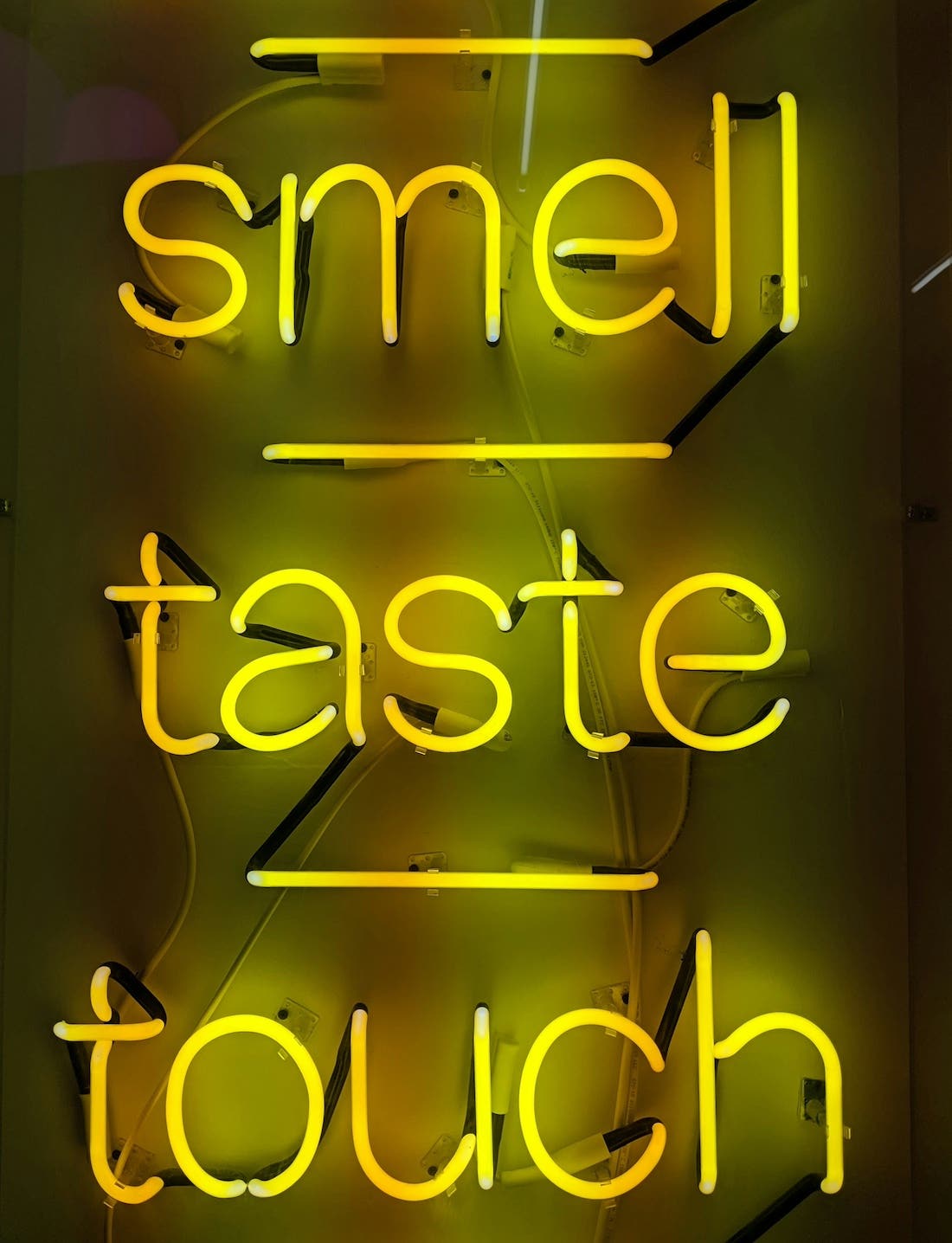A Love Letter to the Fountain Pen
New York Times bestselling author Jacqueline Winspear looks back on her love of the fountain pen and the way it has been a surprising constant throughout her life.
Since reading an article alluding to the fact that fewer children are being taught to wield pencil or pen and how to make the shapes that form written language, I’ve been thinking about the art of writing. No, I don't mean the crafting of essays and stories, my usual stomping ground, but the actual act of writing.
For children today, “writing” has become tap-tap-tap, LOL, BTW and … well, we know the others, don’t we? I thought it rather sad, because writing is not only about creativity, but discipline. The art of literally forming language on the page is a craft, much like an ornamental mason working with tools on blocks of stone to create an edifice. OK, maybe that’s a bit much for a 13-year-old rushing to finish her geography homework by tomorrow morning, but back to the writing, and to that end, I love fountain pens. I have a collection and I use every single one. Not all the time, but for various tasks; letters and cards, important documents—and when I’m reading through the first draft of a manuscript (always on paper), making notes in margins and above the text, it will be with a fountain pen in my hand.
As a child I loved my first proper handwriting lessons, and at age five I came first in a regional handwriting competition. My parents weren’t big on keeping certificates and things like that, so heaven knows what happened to the document attesting to my prowess with a pencil—the only writing tool allowed for that age group. At school it was at age eight that we began instruction in using pen and ink and were duly issued with our dipping pens and one sheet of blotting paper—you had to take your used sheet to show to the teacher before being handed a fresh one. Every week a different child became the “ink monitor” and was charged with filling the inkwell on each Victorian desk—I have no idea how a flood of ink across the floor was avoided, but ink monitor duty was one of uninterrupted focus on the part of the child carrying the pitcher of blue-black permanent ink. Every day it seemed we had a lesson in wielding that pen—light on the upstroke, heavy on the downstroke—and I still have a dent in the first joint of the middle finger of my right hand where I held my pen close to the nib. Every child sported ink-stained digits.
The following year, in Mr. Croft’s class, when we were deemed proficient enough with the dipping pen, our teacher would curl his forefinger toward the chosen child, who was summoned to his desk and given leave to purchase a proper fountain pen. Oh, the joy on the day I was at last permitted to bring my own pen to school! The following Saturday my mother took me into the local stationers to buy my Platignum fountain pen. The colors available in the cheapest pen range were all pastels, so I chose lime green for my first fountain pen. We weren’t allowed to use cartridges and still had to fill our pen with ink from the well, but the school ink was free.
From that day on, I always had a fountain pen, but really upped my game when a boyfriend bought me a “ladies” burgundy Mont Blanc for my birthday—I still have it. The next serious fountain pen was the Parker Duofold I won for writing the letter of the month for Britain’s Country Living magazine—it was my first published work. I gathered a couple more fountain pens, but after my novel Maisie Dobbs was published, I took to buying one on publication day as a treat to myself, though there were a couple of years when I couldn’t find one I liked.
There was the lovely grey marle fountain pen discovered in a little shop in the New Orleans French quarter while on a book tour. With ancient oak floorboards and vintage shelving bearing all manner of pens, nibs, and inks, it was heavenly. I chose my pen, then tried a selection of nibs and bought some lavender ink. I felt like Harry Potter in the wand shop. In Venice I could not resist a gorgeous scarlet fountain pen in the window of a tiny store on the Rialto Bridge, and though I like looking at it in my glass-topped pen box, I have only used it a few times. My everyday pen is one bought in a shop on Neal Street, close to London’s Covent Garden. No matter how many days have passed between using the pen, the ink always runs without a blot or a scrape of the nib on paper. I thought I’d lost it once, and immediately bought another of the same brand—only to find my everyday pen again in a bag.
In Florence with my friend Corinne, I became a little dizzy when we chanced upon the Vicente “flagship” store—the only shop dedicated solely to Vicente pens in the world and owned by the company. I peered in, but it was tiny and packed with shoppers. We walked on, but later Corinne said, “Let’s try that pen shop again, you know you want to go back there.” This time it was empty. I chose a stunning pale pink marble pen and was invited to sit down at a desk to select my nib. Pens were lined up before me and like Goldilocks sampling baby bear’s porridge, I found the nib that was perfect for me—medium with a flow that was comfortable and pleasing to behold as I swept the pen across the sheet of fine vellum provided. “This one is just right,” I said, and parted with my Euros. That cherished pen stays at home and never travels with me. I would hate to lose it.
At this point, I don’t think I’ll be buying more fountain pens, and may even begin giving a few away to dear friends, but only if they promise to use them—perhaps on greeting cards, or to sign important documents. I know all that can be done online, but for the big decisions in life—the purchase of a home or a car, or the signing of a will—the use of a fountain pen underlines the gravitas of the moment. In 2012, when I went to officially register my father’s death, I commented on the fact that the Registrar was using a fountain pen. “Oh, we have to,” she said, adding, “It’s the law—I must even sign every single copy with this fountain pen.” There was a certain comfort in her words, not least because it was one of the most profound acts of documentation I have ever witnessed.
Now I will hit “Save” on these pages to ensure they are not lost in the inner depths of my laptop, or—heaven forbid—the Cloud. There will be no signature, and no ink has been used in the crafting of my love letter to the art of penmanship. Yet here, at the end, I’ve decided to pass on a few of those lovely writing instruments to children I know and love—after all, the discipline of the fountain pen might offer a timely lesson in thinking before they write, and that wouldn’t be such a bad thing. LOL.
Jacqueline Winspear is the author of the New York Times bestsellers A Sunlit Weapon, The Consequences of Fear, The American Agent, and To Die but Once, as well as 13 other bestselling Maisie Dobbs novels and The Care and Management of Lies, a Dayton Literary Peace Prize finalist. Jacqueline has also published two nonfiction books, What Would Maisie Do? and a memoir, This Time Next Year We’ll Be Laughing. The Maisie Dobbs series is currently under option with Hilary and Chelsea Clinton’s production company. Originally from the United Kingdom, she divides her time between California and the Pacific Northwest. For more on Jacqueline Winspear, visit jacquelinewinspear.com.



